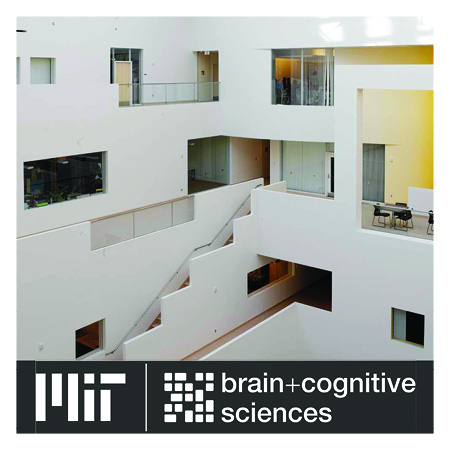
Cog Lunch: Andrew Fancl "Deep neural network models of sound localization reveal how perception is adapted to real-world environments"
Description
Speaker: Andrew Francl
Lab: McDermott
Title: Deep neural network models of sound localization reveal how perception is adapted to real-world environments
Abstract: Mammals localize sounds using information from their two ears. Localization in real-world conditions is challenging, as echoes provide erroneous information, and noises mask parts of target sounds. To better understand real-world localization we equipped a deep neural network with human ears and trained it to localize sounds in a virtual environment. The resulting model localized accurately in realistic conditions with noise and reverberation. In simulated experiments, the model exhibited many features of human spatial hearing: sensitivity to monaural spectral cues and interaural time and level differences, integration across frequency, biases for sound onsets, and limits on localization of concurrent sources. But when trained in unnatural environments without either reverberation, noise, or natural sounds, these performance characteristics deviated from those of humans. The results show how biological hearing is adapted to the challenges of real-world environments and illustrate how artificial neural networks can reveal the real-world constraints that shape perception.

